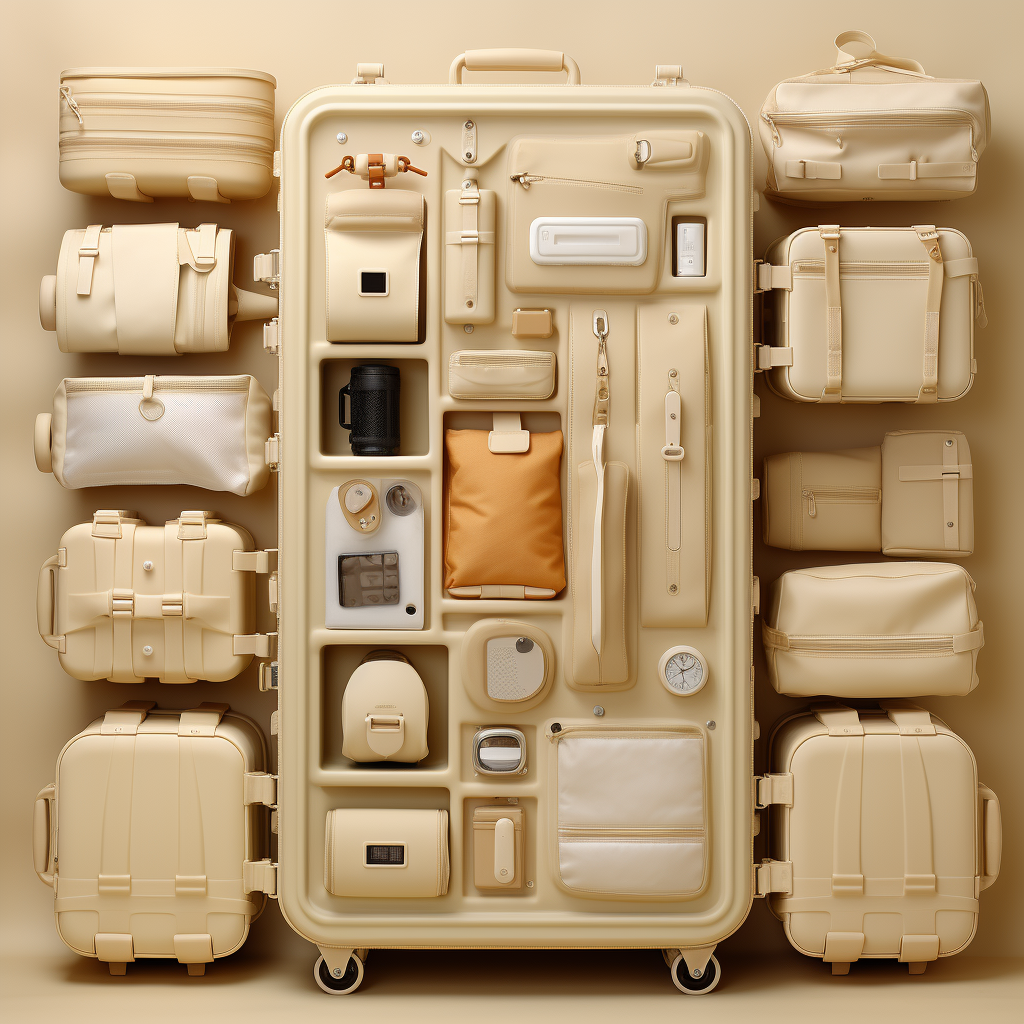

Physical Safety
“Safety brings first aid to the uninjured.” – F.S. Hughes
Everyday physical safety is a crucial aspect of our lives. It involves being alert to our surroundings and the people around us.

Home Safety
- Always acknowledge a visitor at your door, but do not open it. Address the person through the locked door to determine who they are and what they want.
- If an intruder confronts you inside your residence, attempt to remain calm. Only you will be able to determine your best course of action.
- Never leave valuable items unattended at a visible place
- Lock your doors and windows when you are home

Car Safety
- Always wear a seat belt when driving or riding in a vehicle
- Never leave children or pets alone in a parked car
- Don’t hitch-hike or give lifts to strangers

Safety While Out & About
- Always have your phone battery sufficiently full
- Walk purposefully. Communicate the message that you are calm, confident, know where you are going, and know what is going on around you. Stand tall, and make quick, but deliberate eye contact with the people around you.
- Stay away from dangerous and poorly lit areas.
- Do not respond to conversation from strangers on the street. Just say “thank you” and continue walking.
- When somebody tries to provoke you, keep calm, ignore provocation and walk away
- Try not to carry a purse, but if you must, carry it securely under your arm. If someone grabs your bag, let it go.
- Avoid displaying large amounts of cash or other tempting targets such as well-known or obviously expensive accessories and jewelry
- Do not wear ear-phones or talk on your cell phone while walking, as this may reduce your awareness of things or persons around you
- If you sense danger, quickly move away from the threat; cross the street if possible, increase your pace, join a group of people nearby
- Reveal your personal plans (for example, about traveling abroad) only to close people
- If you regularly go jogging or cycling, try to vary your route and time. Stick to well-lit roads with pavements

Health Safety
- Store medicines, cleaning products, and other chemicals out of reach of children and pets
- Check the expiration dates of food and beverages before consuming them.
- Wash your hands frequently with soap and water to prevent infections.
- Avoid touching your eyes, nose, and mouth with unwashed hands.
- Cover your mouth and nose with a tissue or your elbow when you cough or sneeze to prevent spreading germs.
- Seek medical attention if you have any symptoms of illness or injury

Fire Safety
- Keep matches, lighters, candles, and other flammable items away from heat sources and children
- Regularly change batteries on fire alarms and smoke detectors
- In case of indoor fire, immediately alert others to evacuate, activate the fire alarm (if possible), and exit. Close doors and windows behind you to contain the fire and smoke. Once safe, call emergency services.
- For small indoor fires, use a fire extinguisher following the PASS method: Pull the pin, Aim at the fire's base, Squeeze the handle, and Sweep side to side. Evacuate if the fire isn't extinguished in 5 seconds. Use water for Class A fires (solid materials) only; otherwise, use an ABC extinguisher for other types.

Self-Defense
Understanding basic self-defense is crucial for personal safety. It equips individuals to handle physical confrontations when other strategies like persuasion or escape are insufficient.
Learning simple self-defense techniques can enhance confidence and preparedness in crisis situations. Techniques focus on targeting an attacker's vulnerable areas such as eyes, nose, throat, and groin, using loud noise to intimidate, and employing forceful, surprise moves for effective defense. These skills can be learned through practical courses, online resources, and practice.

Pepper Spray
Pepper spray, containing capsaicin, is a self-defense tool intended to incapacitate an attacker temporarily, allowing the user to escape and seek safety. Its use is restricted to defensive situations and is legally permissible in small amounts across the U.S., though restrictions vary in Europe.
Effective use involves targeting the assailant's face and eyes, followed by immediate retreat and contacting the police.

Dog Attack
In case of a potential dog attack, remain calm, avoid eye contact, and stand still. Give a firm command like "Back away!" and stay sideways to the dog while keeping it in your peripheral vision. Throwing objects or carrying dog treats for distraction can be useful. For protection, keep arms in front, covering the face and vitals. Use pepper spray if necessary. If bitten, push into the bite rather than pulling away to minimize injury. Defend yourself by targeting the dog's sensitive areas if attacked.
Lifeflows for Physical Safety
-
1. AWARENESS
Educate yourself about common safety hazards in different environments like home, work, or public places.
-
2. PRECAUTION
Implement safety measures such as smoke detectors, first aid kits, and emergency exits in your living and work spaces.
-
3. CHECKS
Conduct periodic inspections to identify and mitigate potential risks.
-
4. EMERGENCY PREPAREDNESS
Create and practice emergency plans for situations like fires, natural disasters, and other emergencies.
-
5. STAY INFORMED
Keep up with local safety guidelines and updates.
Pick another safety area to focus on
-
ONLINE SAFETY
Cultivate safe digital habits to protect personal information and maintain privacy and security in the digital world
-
